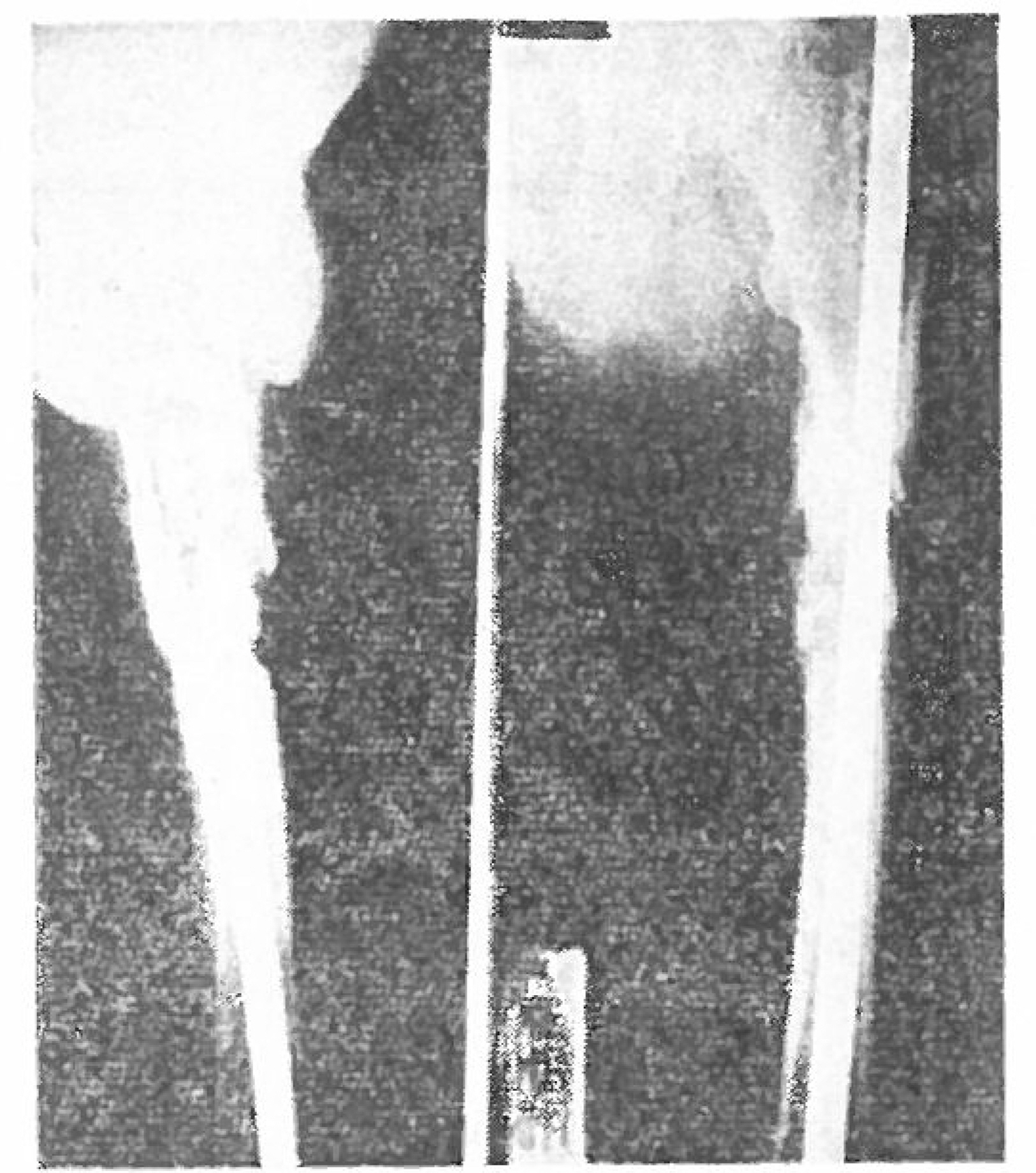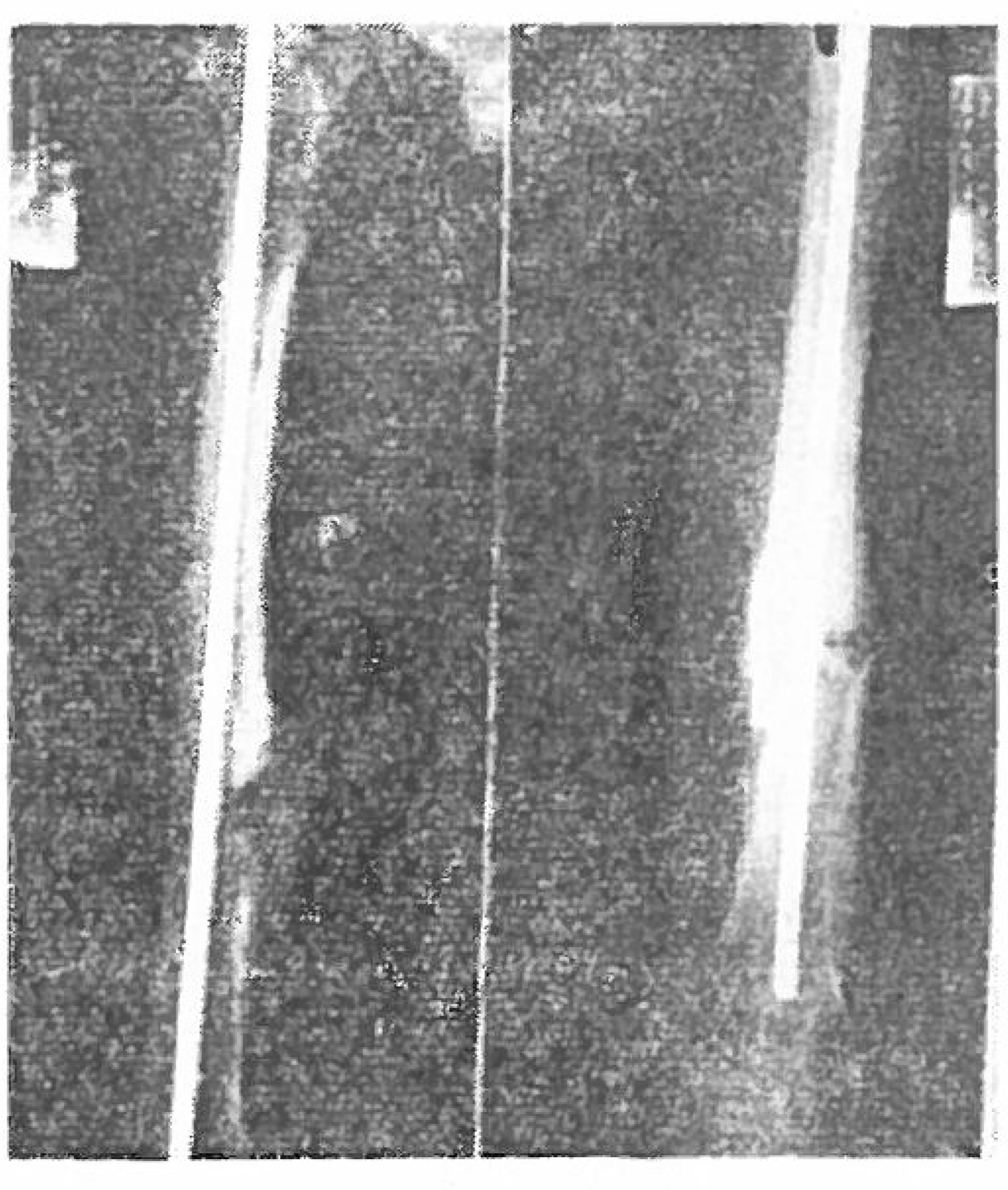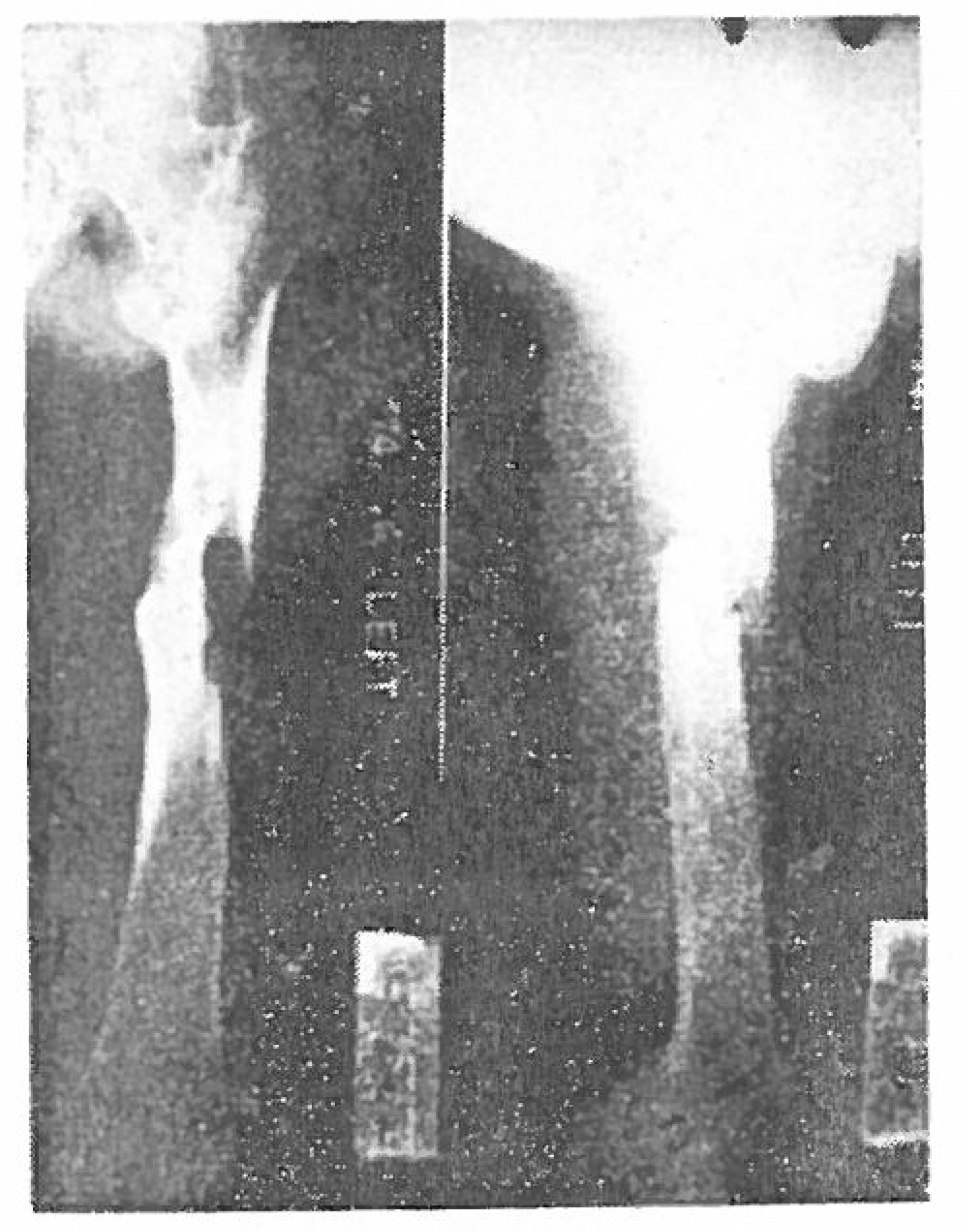J Korean Orthop Assoc.
1975 Mar;10(1):76-80. 10.4055/jkoa.1975.10.1.76.
Management of Infection after Femoral Küntscher Nailing
- Affiliations
-
- 1Department of Orthopedic Surgery. Presbyterian Hospital, Taegu, Korea.
- KMID: 2471449
- DOI: http://doi.org/10.4055/jkoa.1975.10.1.76
Abstract
- Intramedullary nailing of the fractured femur is a well accepted form of treatment and has obvious advantages, but the post operative infection is an ever present threat and a disastrous complication. The purpose of this article is to report the result of 4 patients treated in our orthopedie department and to review recent literatures. Infection complicating intramedullary nailing of the femur is more common in open than closed fractures and is more likely to occur in patients who sustain multiple trauma, The delay in hospitalization before surgery is accompanied by a proportionate rise in postoperative infection and this may be the important factor in the high incidence of Infection in multiple trauma. Therefore, it was emphasised that if fractures of the femur are to be treated by intramedullary nailing, the surgery should be done as soon as possible after the patient is admitted to the hospital. The open fractures may be treated by early debridement. high antibiotics and balanced traction if possible. Once infection has developed the nail should be retained until secure union has occurred and carefully planned surgery with meticulous debridement of all scar tissues and dead bones, followed by closure of the wound over a closed suction antibiotic irrigation system is considered the best treatment.
MeSH Terms
Figure
Reference
-
1.Kostuik J.Infected fractures of the femoral shaft. J.B.J.S., 5. 9-B:157. 1971.2.Wilson J.N.The management of infection after Küntscker nailing of the femur. J. B. J. S. 48-B:112–116. 1966.3.MacAusland W.R. Jr.., Eaton R.G.The management of sepsis following intramedullary fixation for fractures of the femur. J. B. J. S. 45-A:1643. 1963.
Article4.B.iav E. A.., Jeffrese V. H.Modified intramedullary nailing in recent gunshot fractures of the femoral shaft. J.B.J.S. 35-A:141. 1953.5.Rush H. L. Jr., et al. Intramedullary nailing in the presence of infection: intramedullary nailing in the presence of infection: an experimental study in dogs. Surg., Gynec. & Obstet. 94:727. 1952.6.Wilson J. N.Management of infection after femoral Kiintscher nailing. J.B.J.S. 47-B:184. 1965.7.Kiintscher G.The intramedullary jnailing of fractures. Clin. Orthop. 60:5. 1968.8.MacAusland W. R.Treatment of sepsis after intramedullary nailing of fractures of femur. Clin. Orthop. 60:87. 1968.
Article9.Watson-Jones R.Medullary nailing of the fractures of 50 years, with a review of the difficulties and complications of the operation. J. J. B. f.S. 32-B:694. 1950.10.Kovacs A. J.., Richard L. B.., Miller J.Infection complicating intramedullary nailing of the fractured femur. Clin. Orthop. 96:266. 1973.
Article11.Thompson M. S.bisections following intramedullary fixation. Clin. Orthop. 2:60–65. 1953.12.Compere E. L.., Metzger W.L.., Mitra R.N.The treatment of pyogenic bone and joint infection by closed irrigation (circulation) with a non-toxic detergent and one or more antibiotics. J. J.B.J.S. 49-A:614–624. 1967.13.Dombrowski E.T.., Dunn A.W.Treatment of osteomyelitis by debridement and closed wound irrigation-suction. Clin. Orthop. 43:215–231. 1965.
- Full Text Links
- Actions
-
Cited
- CITED
-
- Close
- Share
- Similar articles
-
- Intramedullary Küntscher Nailing in Tibial Shaft Fractures
- Fracture of Femur Neck Associated with Technical Errors in Closed Intramedullary Nailing of the Femur
- The Shape of Küntscher nail for Treatment of Tibial Shaft Fractures
- Closed Intramedullary Nailing of Femoral Shaft Fractures
- Treatment of the Fractures of the Shaft of the Femur with Intramedullary Nailing






